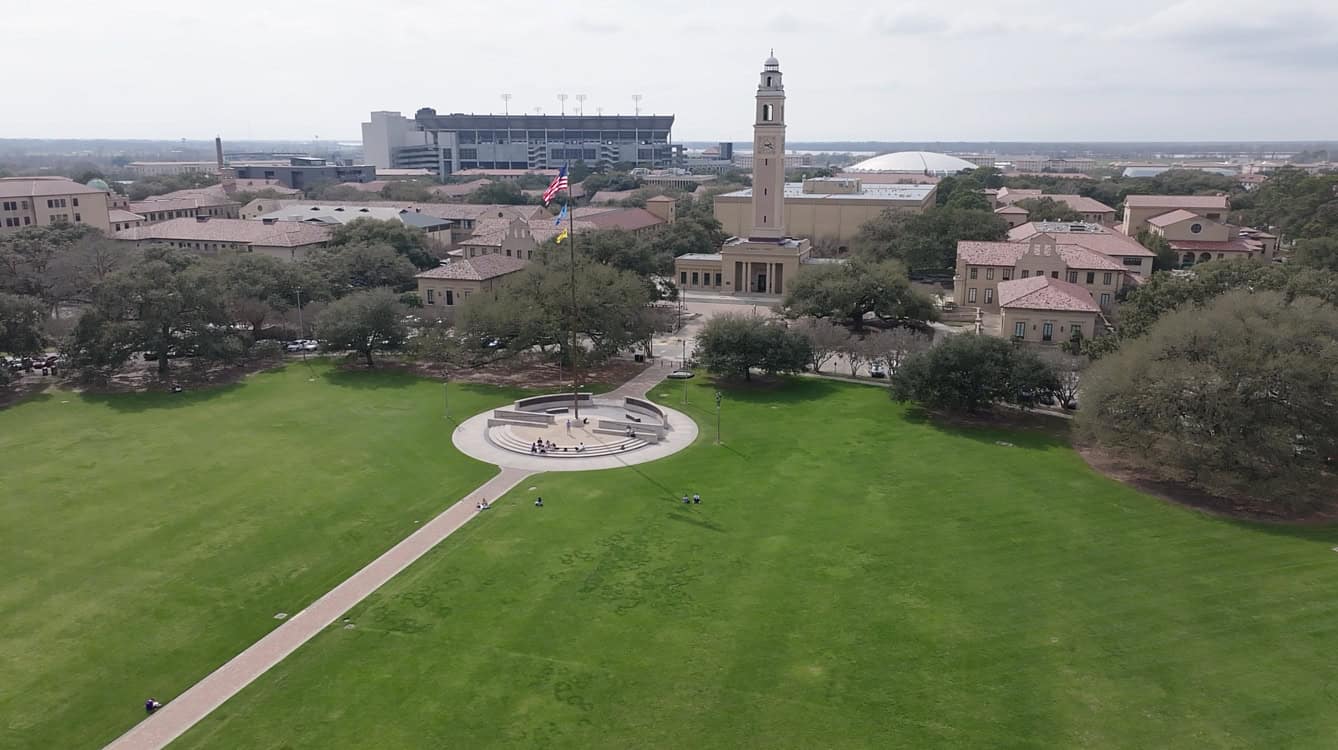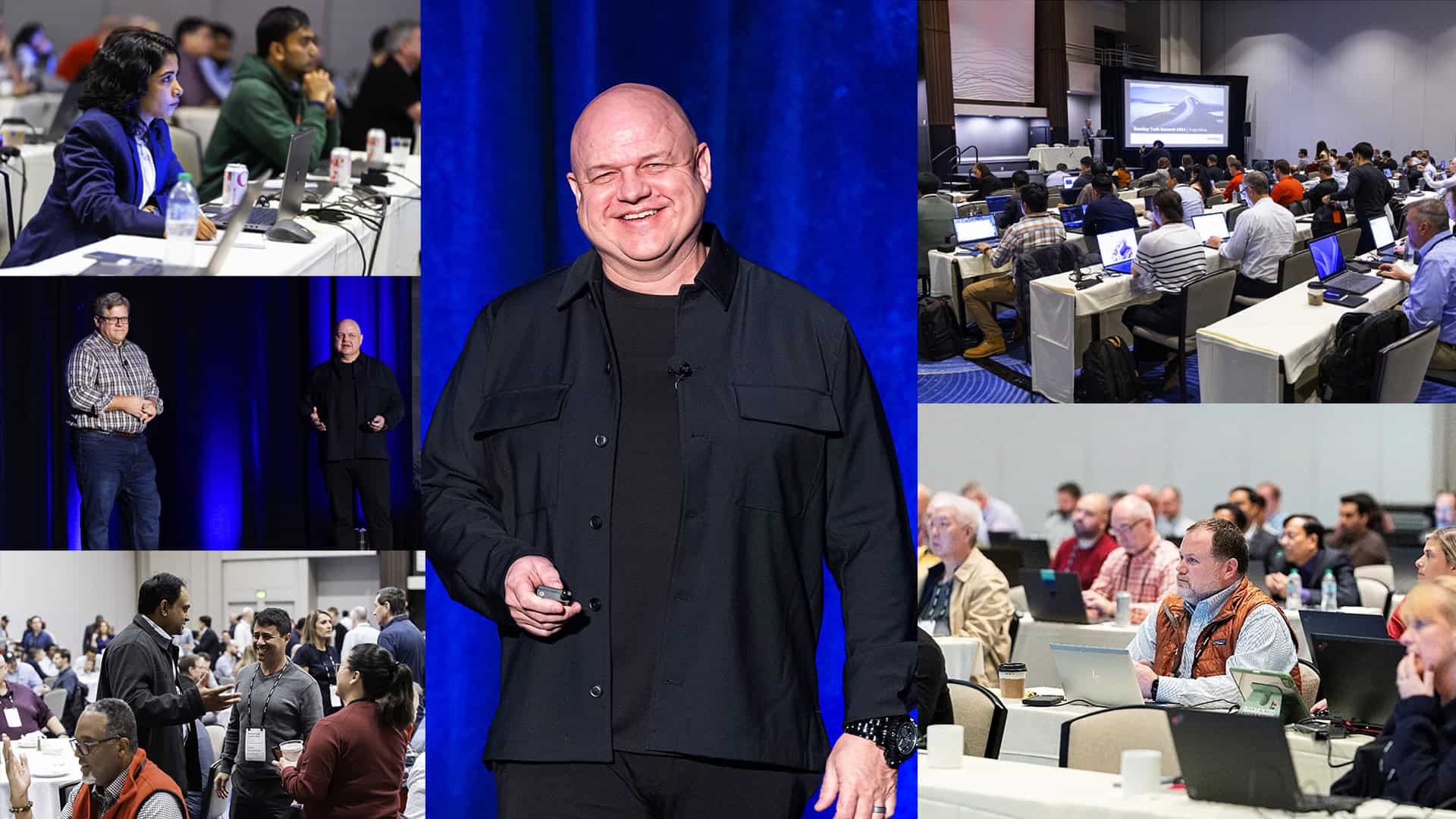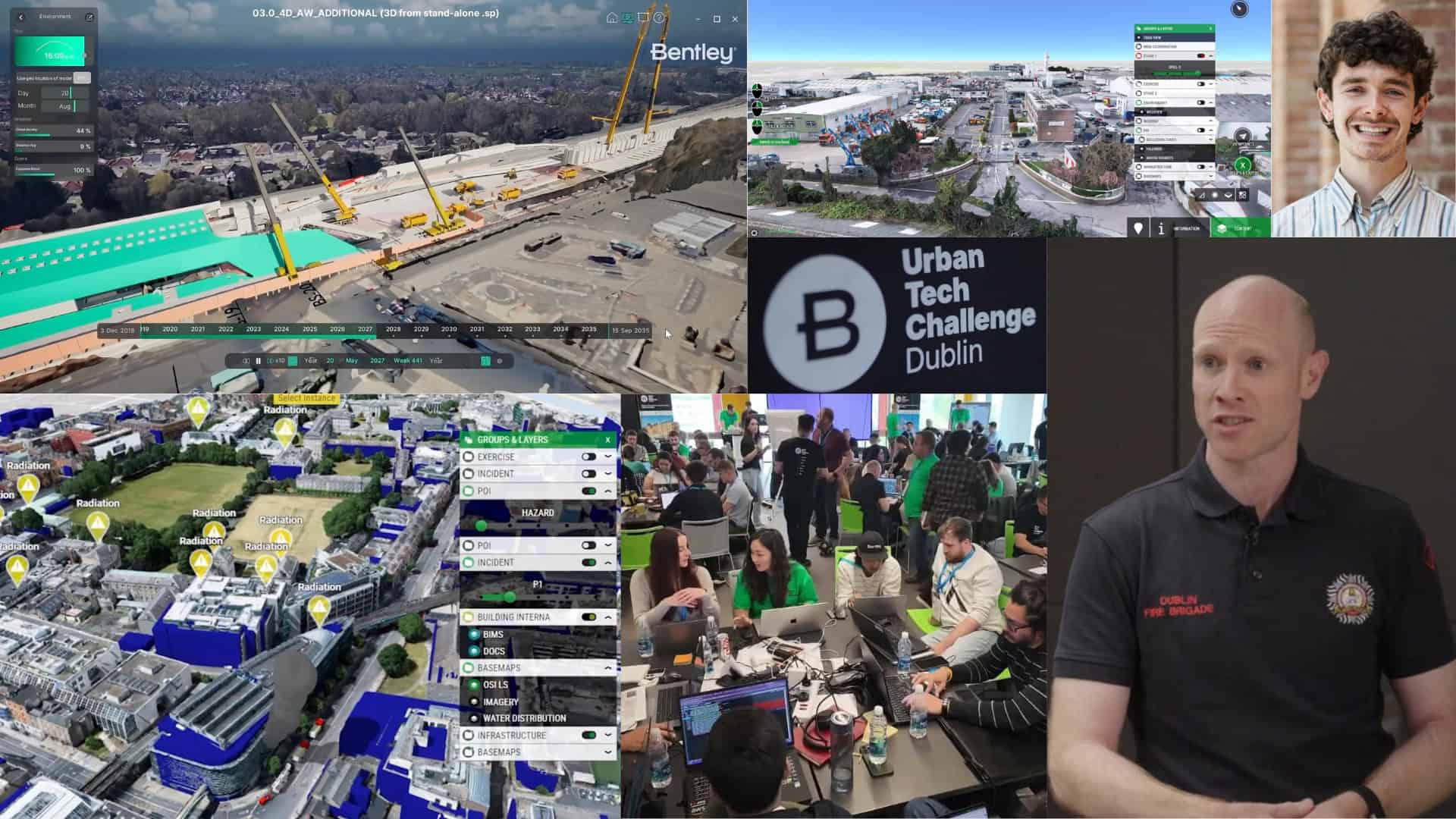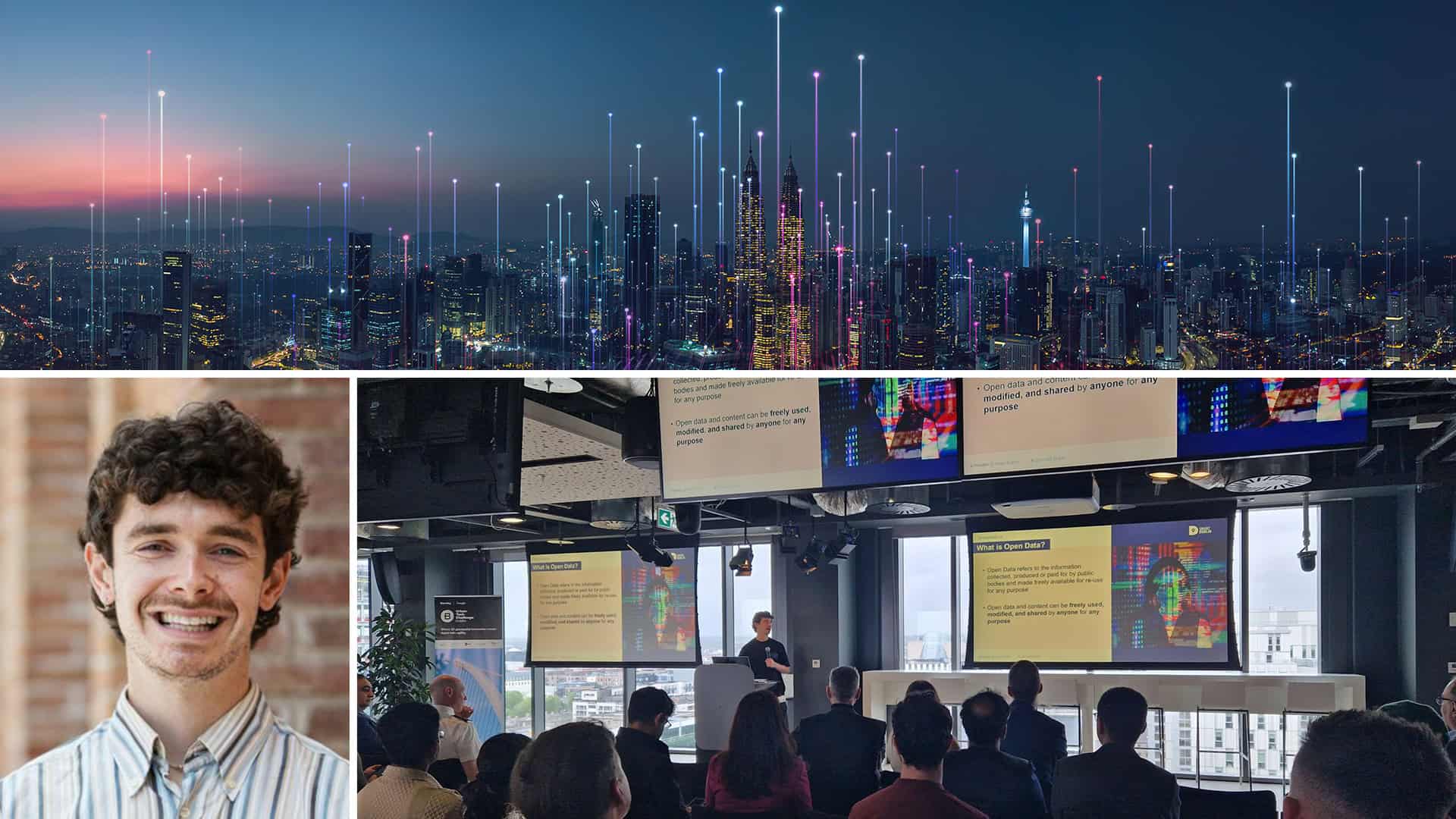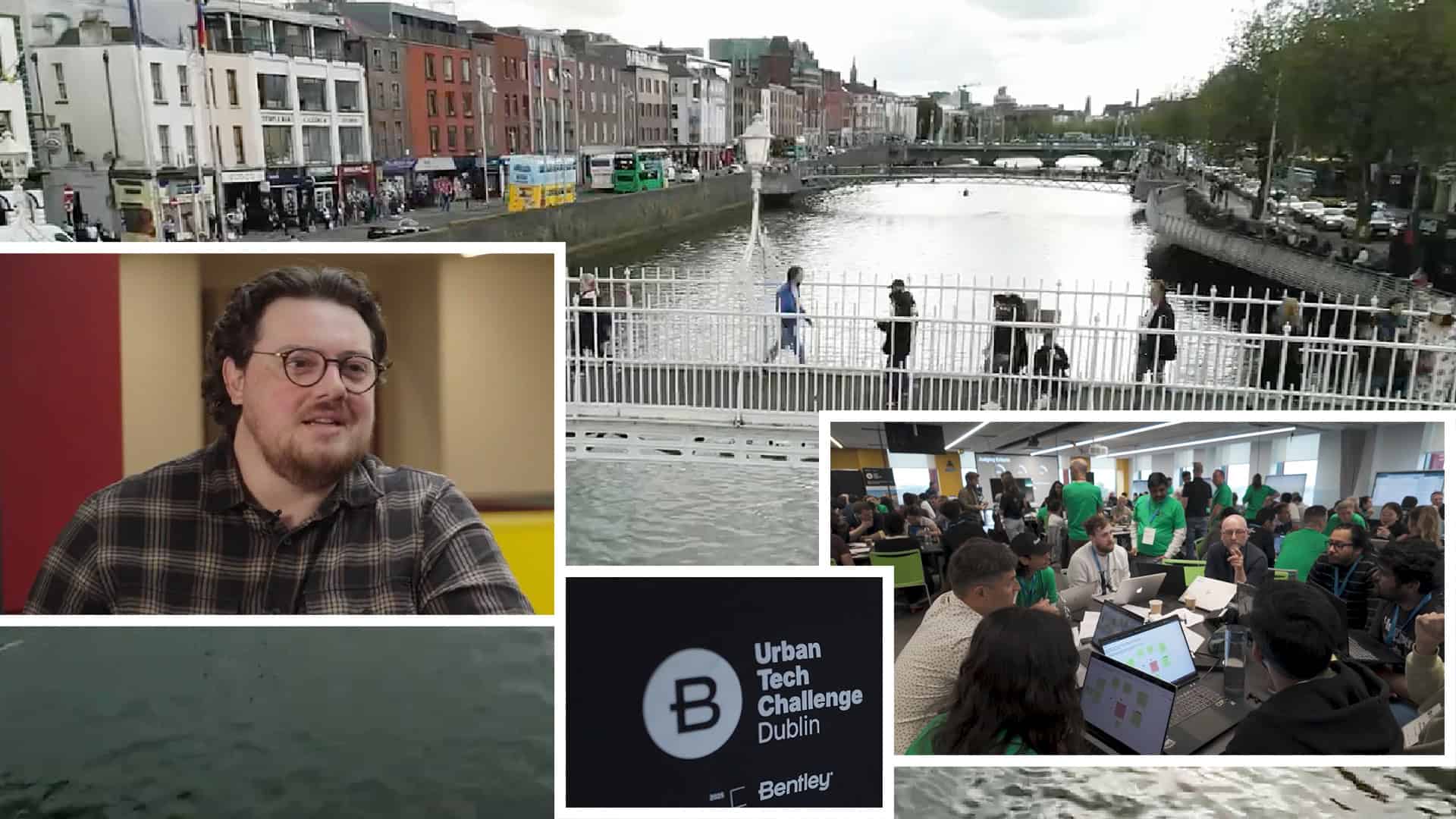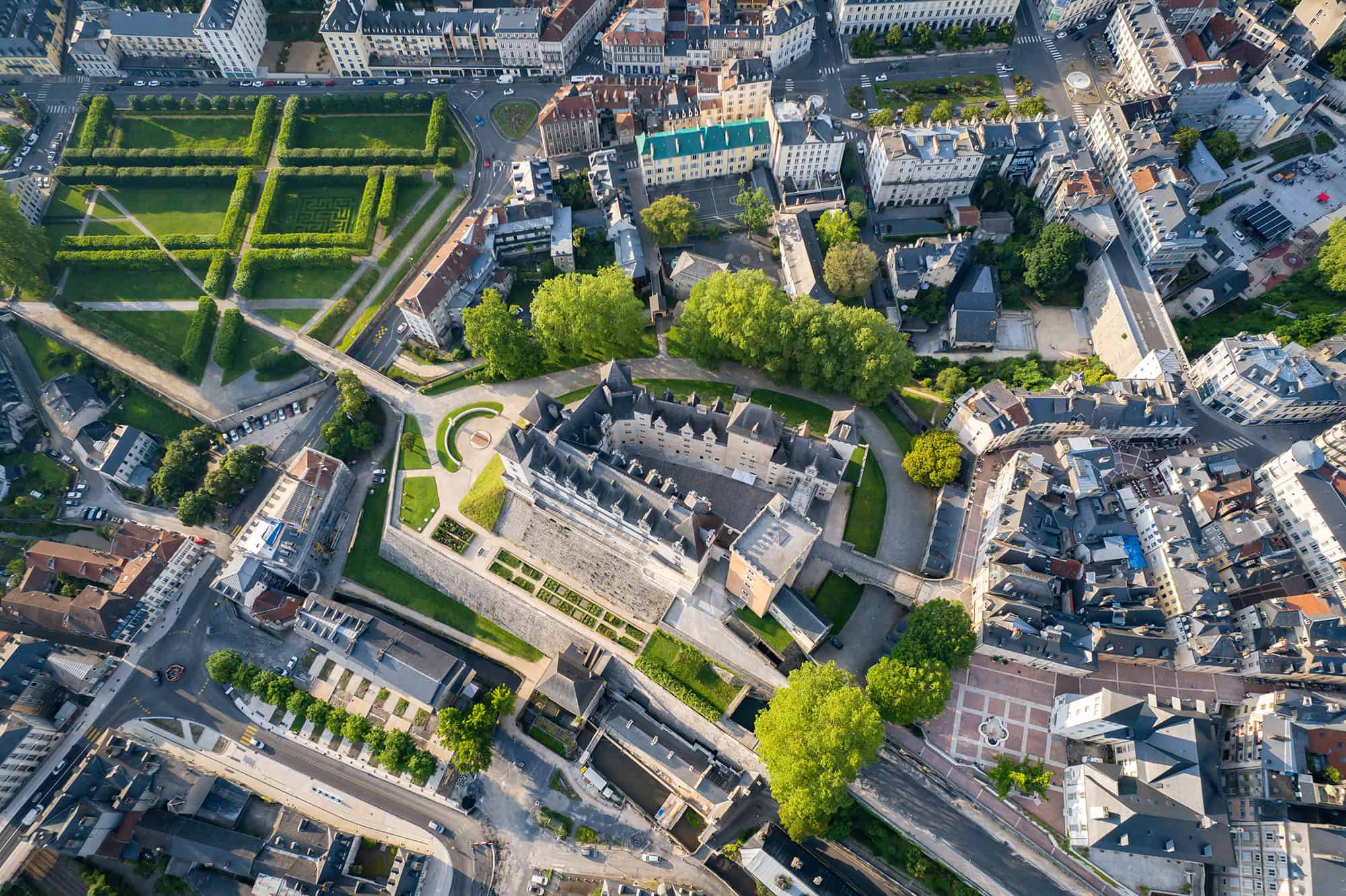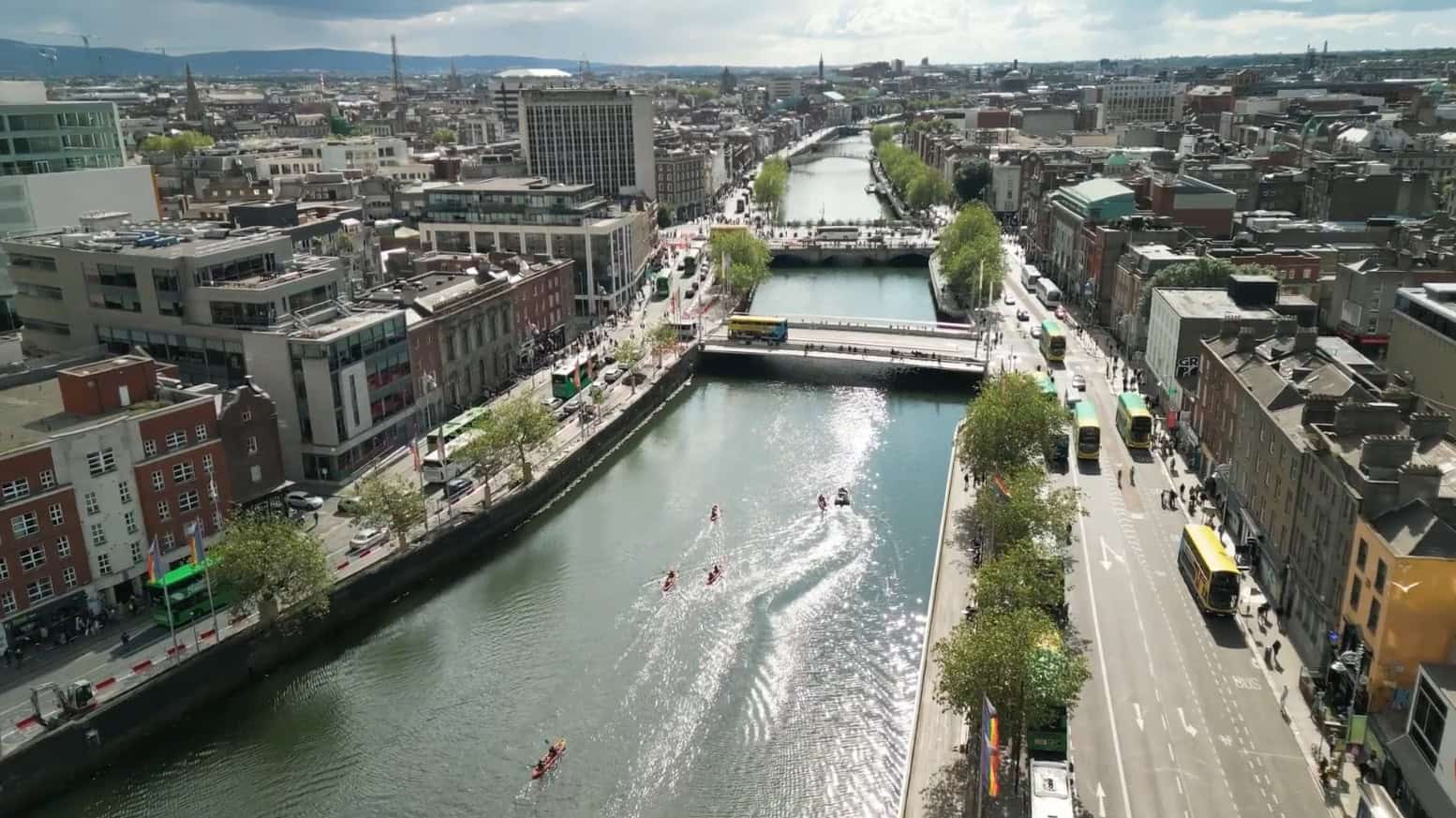At Google AI for the Planet, an event recently held during London Climate Action Week in the British capital, Google’s global leaders in sustainability came together to explore a pressing question: How can artificial intelligence (AI) help us create a more sustainable, resilient planet? From wildfire prediction and food security to eliminating the aircraft contrails that contribute to global warming, this brisk three-hour event covered a lot of ground and left attendees with a sharpened sense of what’s possible.
For the audience of about 200 people, drawn from across academia, nongovernmental organizations, industry, and policymakers, the key message was clear. “No single organization, no single technology, can address challenges of this magnitude,” said Kate Brandt, Google’s chief sustainability officer. “Collaboration is absolutely essential.”

That spirit of collaboration extended to a group of Google partners that were invited to share the stage. Chris Bradshaw, chief sustainability and education officer at Bentley Systems, the infrastructure engineering software company, stepped up to highlight how Bentley’s mobility analytics group, Blyncsy, is partnering with Google Street View to help cities better monitor and manage their streets using AI. The partnership is already transforming roadway inspections using AI to analyze imagery at scale, flag road maintenance issues, and deliver before-and-after intelligence to support disaster recovery.
From Emergency Response to Intelligent Anticipation
The event showcased a lineup of powerful global Earth-monitoring systems. Among the first projects showcased was FireSat, a potent combination of satellite data and AI designed to detect wildfires as small as 5-by-5 meters (or roughly 16-by-16 feet), anywhere in the world, and updated every 20 minutes. The first satellite in a constellation of over 50 satellites launched in March.

“Imagine [if] those people dealing with the devastating wildfires in Africa, Greece, or Portugal last year [had] near real-time, high-resolution updates guiding their response,” said Yossi Matias, head of Google research.
“We’re really excited for this data for wildfires,” Juliet Rothenberg said at the FireSat demonstration after the talks had concluded. Rothenberg, who leads Google’s AI work across energy, transportation, and resilience, added: “But more than that, [FireSat will provide] the world’s best satellite data for contrails as well.”
Contrails—the wispy trails that form behind aircraft—act like a thermal blanket in the sky and are estimated to account for up to 2% of all human-caused warming. Another Google-backed venture highlighted was Contrails.org, a science-led nonprofit founded to propel contrail research into climate action. With the help of AI-powered forecasting, pilots can now be guided around regions where persistent contrails are most likely to form. The shifts in routing are often minimal, but the impact is significant: By adjusting just 5% of flights, up to 80% of contrail-related warming could be avoided.
From the skies to the rivers, Matias also highlighted Google’s Flood Hub. Based on a global hydrological AI model, Flood Hub accurately predicts extreme river floods up to seven days in advance, even in areas without local water gauges. The system currently covers 700 million people across more than 100 countries. In one study in Bihar, India, the rollout of these alerts led to a 35% drop in spending on treatments for illness and an 8% boost in household economic well-being, according to Matias.
These projects are tied together by more than just technology. They reflect a shift in mindset: from emergency response to increasingly intelligent anticipation.
Seeing the Planet Clearly: Geospatial AI Comes of Age
Matias also introduced Google’s Geospatial Reasoning framework as one of the most promising developments in AI-powered planetary insight. It brings together foundation models and generative AI to rapidly analyze complex, location-based data—like satellite imagery, maps, and weather forecasts—and turn it into clear, actionable insight. The potential uses are endless: Responders can see what’s changed after a flood or fire, or planners can query entire regions for signs of damage or infrastructure at risk.
Later in the program, Craig Mills, director of the Land and Carbon Lab at the World Resources Institute, said that when he heard about Geospatial Reasoning, “I wanted to stand up and clap!” Mills spoke with conviction about the leap in capability these new models represent for conservation.

For example, these models are already unlocking new precision in restoration monitoring. Mills gave the example of being able to accurately gauge the change in the height of trees in once-degraded areas that are being reforested. That kind of insight is helping to build confidence among investors funding large-scale ecosystem recovery.
These tools are not only changing how we see the planet—they’re changing how we respond. That shift from visibility to systemic impact was echoed by economist Lord Nicholas Stern, chair of the Grantham Research Institute, who brought a macro-level lens to the day’s technology showcase.
Stern pointed out that even in poor regions—such as the farmlands of Uttar Pradesh, India—smartphones are ubiquitous. That access, he said, opens the door to timely, AI-powered information that can help people adapt and act. “The social returns to that,” he argued, “are absolutely enormous.”
A few days prior, Stern had published a co-authored paper in NPJ Climate Action (Green and intelligent: The role of AI in the climate transition) that explored AI’s potential to accelerate scientific discovery, strengthen resilience, and manage complex systems like energy grids and cities.
AI in the Grid: Powering Resilience and Efficiency
Certainly, energy grids were on Sebastian Arbola’s mind. He is the executive vice president in charge of Flex Gen at the power company Engie. “For us, AI means data centers,” he said. “And the big switch from three years ago to today is the size of the data center. It was, roughly, under 20 megawatts. Now they are reaching hundreds of megawatts, and we hear maybe one gigawatt.” Arbola said there is an increasing need to co-site data centers and power plants to support the digital fabric of modern society.
Arbola also offered a practical example of AI in action from Engie’s hydro operations in Brazil. By combining sensor data and maintenance records across more than 150 hydroelectric plants, and applying AI to detect daily anomalies, “we were able to save 2% of production,” he said. “Just one example of how AI can help us be better at managing our own assets.”
From Street View to Street Smarts: Bentley’s Role
Bentley’s talk at the event focused on resilient, efficient cities. Bradshaw, Bentley’s lead sustainability and education officer, shared how Bentley is working with Google and mobility analytics partner Blyncsy to analyze Google Street View and dashcam imagery at scale.

Using AI, the platform detects more than 40 different roadway and street-level features, from potholes and worn crosswalks to broken signage, guardrail damage, and pedestrian traffic trends—all precisely geolocated. “You can send a crew to exactly the right place with exactly the right amount of material to do the job,” says Bradshaw. “That’s huge.”
But the system’s value isn’t just in city-scale situational awareness and maintenance. In disaster scenarios, it can help with rapid assessments and before-and-after comparisons following disasters. In California, it’s been used to identify malfunctioning streetlights and scorched road assets after wildfires—supporting recovery before delays stack up.
A Room Full of Possibility
The crowd that filled Google’s London office wasn’t just there to listen. In a lively reception afterward, conversations flowed between researchers, industry leaders, and policy professionals. They included a marine scientist exploring how AI could be used to monitor sea creatures at scale; representatives from a major coffee company wanting to use machine learning to help ensure coffee sourcing remained not only ethical but resilient; and an NGO looking to harness AI to help accelerate Germany’s transition to wind energy.
It was a reminder that AI’s most powerful applications often emerge at the intersections of sectors, expertise, and shared goals.
Hope Springs Eternal: The Storytelling Imperative
As the final speaker of the day, German science YouTuber Jacob Beautemps brought energy and heart. With 700,000 subscribers to his Breaking Lab channel, Beautemps has made a career of turning complex climate and AI science into stories people care about. He described meeting renowned primatologist Jane Goodall, who told him: “The most important thing in life is hope. Because if you don’t have hope, what’s the point of anything?”
Hope, Beautemps emphasized, is sustained by stories—stories of AI-optimized wind turbines, of garbage-collecting river robots, and of the advances showcased at events like Google AI for the Planet and London Climate Action Week: “People need to know that things are working. That there are reasons to keep going. And that what they do matters,” he said.
From Momentum to Action
Google AI for the Planet did not attempt to present AI as a silver bullet. But it showed again and again that when tools are open and partnerships are committed, AI becomes an amplifier of insight and accountability. Anna Koivuniemi, head of Google DeepMind’s Impact Accelerator, summed it up nicely: “AI can do a lot for the planet, but only humans can save it.”
Bentley is proud to be part of that collaborative journey, helping infrastructure professionals do more with what they have and helping to build a more resilient future, one road, bridge, and power station at a time.
In conversation after the event, Bradshaw reflected on how the sustainability landscape has shifted. “If you think back two or three years, everything was about reporting. Everybody was pumping out impact reports,” he says. “Now, it’s ‘Let’s go! Let’s get stuff done.’”
Sean O’Neill is a seasoned editor, journalist, and science communicator. He spent 14 years at New Scientist and served as the magazine’s People Editor. Sean has written for Google DeepMind, served as communications lead at the Cambridge Centre for AI in Medicine at the University of Cambridge, and worked as a Science Writer for The Alan Turing Institute in London. You can also find his byline on AI stories and profiles on the Bentley blog.

